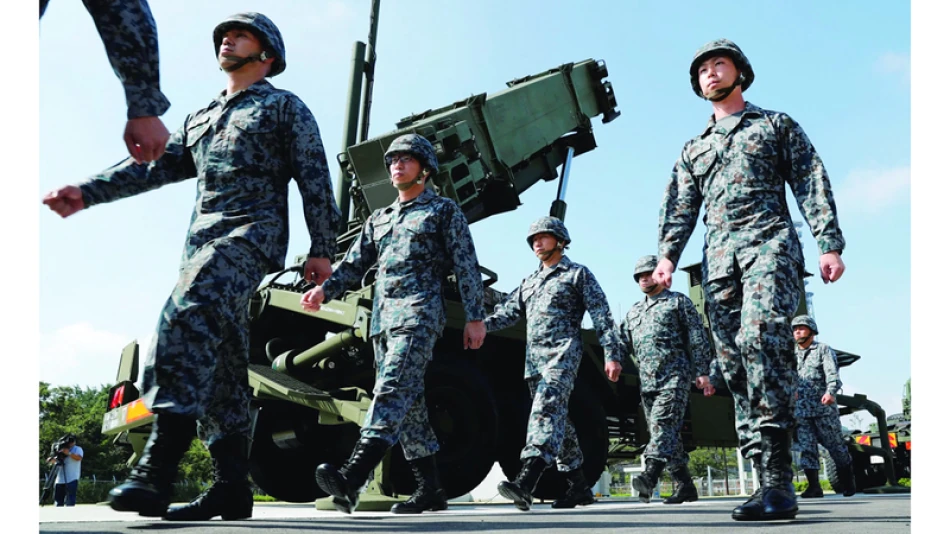
Japan Bolsters Military Capabilities to Support US Indo-Pacific Deterrence Vision
As President Trump prepares for his upcoming Japan visit, a new defense strategy is taking shape in East Asia. The approach relies heavily on Japan stepping up as America's most capable regional partner, with Tokyo committing $550 billion in U.S. investments and significantly boosting its military spending and capabilities.
Trump's team has recognized Japan's economic potential and is putting it to strategic use. Last month, the two countries signed a trade agreement where Japan pledged to invest $550 billion in the United States over a reasonable timeframe. This money will flow through Japanese lending institutions directly into American strategic industries that support military deterrence - shipbuilding, semiconductors, energy export infrastructure, and critical minerals.
The investment commitments in these key sectors must help secure additional American defense capabilities needed for future military deterrence in Asia. While the economic team taps into Japan's financial power for long-term military support, Pentagon leaders clearly understand Japan's central role in East Asia's current defense structure.
A 2023 war game by the Center for Strategic and International Studies, which simulated attack scenarios on Taiwan, found that without access to Japanese operational bases, the United States cannot reliably compete with Chinese military power in North and Southeast Asia. With Japanese bases, American fighters can reach Taiwanese airspace, operate there, and return without needing to refuel.
Defense Secretary Pete Hegseth said earlier this year: "Japan is our indispensable partner in deterring any Chinese military aggression."
The results of Japan's ruling Liberal Democratic Party elections show that party voters aren't backing down from Trump administration expectations for Japan to become stronger in its dealings with Washington. According to party officials, any emergency involving Taiwan would constitute a "Japanese emergency," given the island's strategic importance to Japanese sea lanes, food security, energy security, and technological dynamics.
After Tokyo embraced the principle of reciprocity, Japan appears responsive to calls from Trump and the Pentagon to increase defense spending. This aligns with the goal of investing more debt capital in Japanese industrial renewal, including the defense sector.
The ruling party previously announced its ambition to include Japan's Self-Defense Forces in the constitution as a military entity - a new step for the modern political system that could expand the scope of permitted military operations.
Meanwhile, Japan's Self-Defense Forces established a permanent joint operations command in March 2025 to coordinate its branches for faster crisis response. Tokyo announced it's working to improve its logistical capabilities and sustainability through a new maritime transport group designed to move troops and materials across the Okinawa archipelago.
Elsewhere in East Asia, the Pentagon has succeeded in strengthening military deterrence without triggering a new crisis in U.S.-China relations. Pacific Air Forces command is renovating two runways in Tinian, a World War II-era base in the western Pacific. This month, U.S. Air Force command celebrated Tinian's "rehabilitation."
Developing Tinian base is part of the administration's comprehensive vision to distribute positioning points and resupply outside the first island chain. This strategy spreads out American military assets, making them harder targets while maintaining deterrent capability across the region.
Most Viewed News

 Sara Khaled
Sara Khaled






